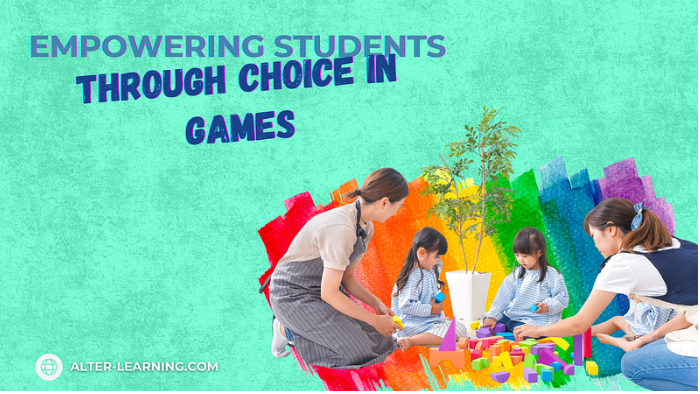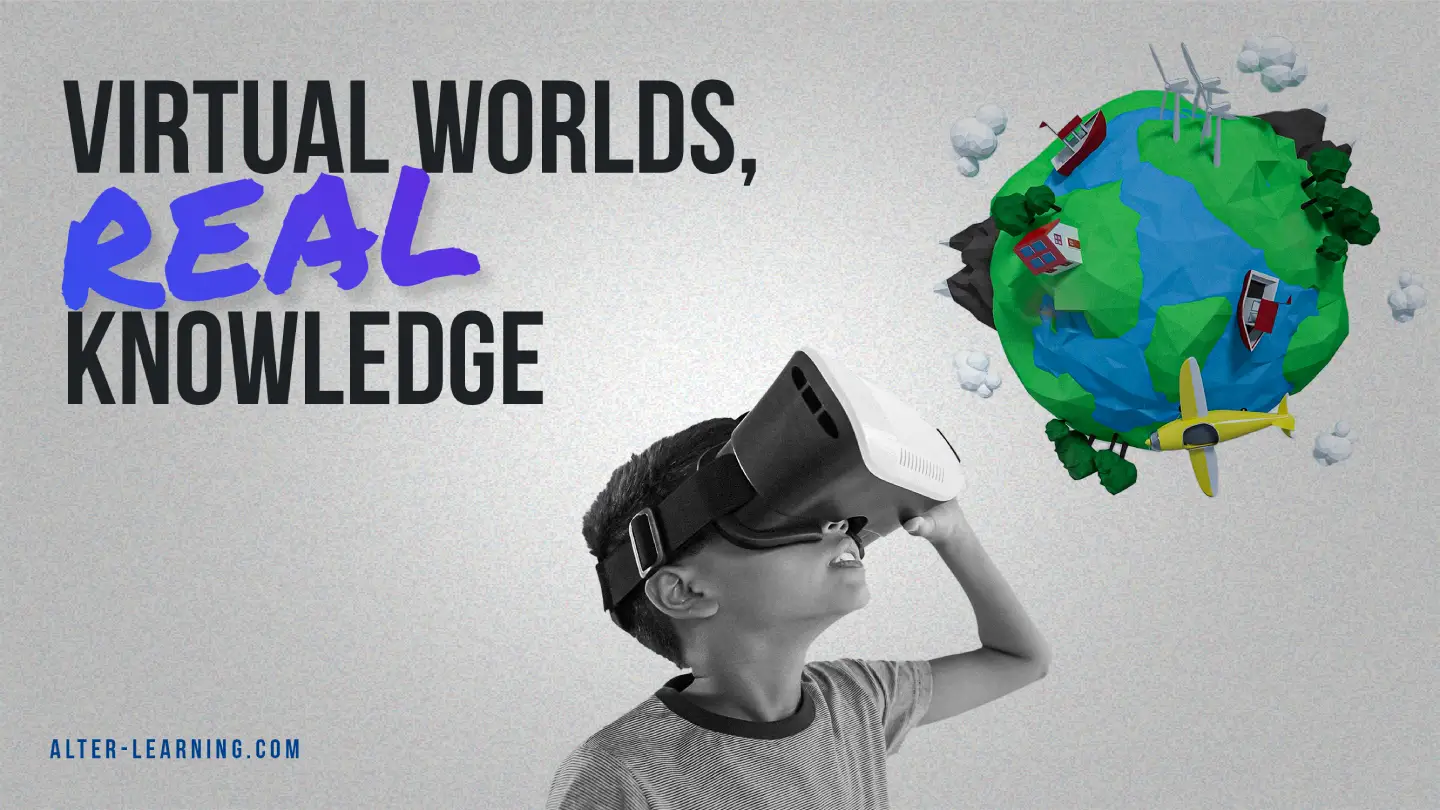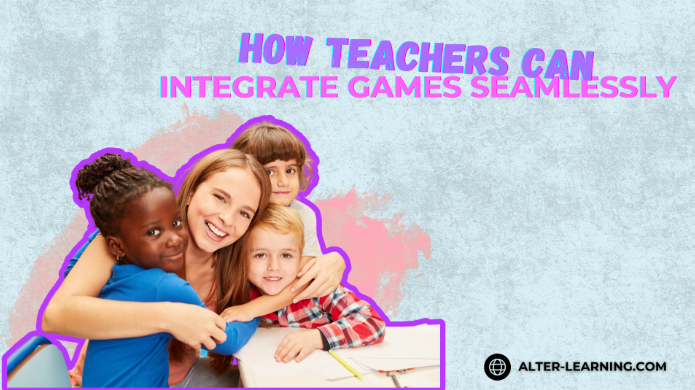Choice can be one of the most powerful motivators in learning. When students are given the freedom to make decisions—what to explore, how to solve a challenge, or which path to take—they begin to see themselves as active participants rather than passive recipients of information. This sense of ownership can transform engagement, curiosity, and confidence.
In game-based learning, choice is not just a feature—it can be a design philosophy. Through interactive STEAM educational games, immersive simulations, and story-driven challenges, platforms like Alter-Learning can help students take control of their learning experiences. Each decision becomes an opportunity to think critically, take risks, and discover new possibilities.
Why Choice Matters in Learning
Research in education consistently shows that autonomy supports motivation and long-term learning. When learners have agency, they are more likely to:
- Stay engaged and persist through challenges,
- Take responsibility for outcomes,
- Reflect on decisions and strategies,
- Develop confidence and intrinsic motivation.
Choice invites students to explore content from their own perspective, connecting learning to personal curiosity and self-expression.
Game Design and the Power of Decision-Making
Games can offer structured environments where choice and consequence are deeply interwoven. Whether solving a puzzle, designing an experiment, or navigating a story, each decision can shape a unique outcome.
Some game mechanics that encourage meaningful choice include:
- Branching storylines, where players’ decisions influence how events unfold,
- Open-ended problem-solving, allowing multiple valid approaches to a single challenge,
- Customizable avatars and tools, helping students express individuality,
- Collaborative missions, where teams negotiate decisions collectively, learning compromise and consensus.
Through these mechanics, students practice thinking strategically while learning to manage uncertainty—a skill relevant far beyond the classroom.
Choice as a Pathway to Critical Thinking
Choice can also promote deeper thinking. When students must evaluate alternatives, anticipate consequences, or adjust plans after failure, they are actively developing critical reasoning skills.
In Alter-Learning’s immersive environments, for example, students might:
- Choose different problem-solving strategies in an engineering challenge,
- Experiment with creative solutions in digital art or music-based platforms,
- Explore ethical decision-making in history or social simulation scenarios,
- Collaborate in XR educational content, balancing group input with personal judgment.
These experiences encourage students to engage cognitively and emotionally with their learning, making content both memorable and meaningful.
Balancing Guidance and Freedom
Choice in education works best when it exists within a supportive framework. Too much freedom can overwhelm, while too little can disengage. Thoughtful game design can balance structure and autonomy through:
- Adaptive difficulty, ensuring challenges match skill levels,
- Feedback loops, guiding students without removing agency,
- Clear objectives, helping players understand goals while exploring freely,
- Teacher dashboards, enabling educators to monitor progress and intervene when needed.
This balance allows students to experiment safely while maintaining a sense of direction and achievement.
Empowerment Beyond the Screen
When students experience meaningful choice in games, the effects can extend into other areas of life. They may become more confident in expressing opinions, more open to feedback, and more comfortable making complex decisions.
Choice-based learning can also nurture important social-emotional skills. In multiplayer environments, students learn to respect others’ perspectives, negotiate roles, and value diverse approaches—all essential for teamwork and leadership.
Looking Ahead
Empowerment begins with choice. When students have the freedom to explore, decide, and reflect within immersive learning environments, they are not just playing—they are practicing how to think, adapt, and lead.
Alter-Learning’s focus on STEAM educational games, interactive simulations, and creative digital spaces suggests that choice can be one of the most transformative tools in modern education. By designing experiences where students shape their own learning journeys, we can help them build confidence, curiosity, and a lifelong love of discovery.
Follow Alter-Learning for more insights into immersive education, edtech success stories, and the future of learning. Want to explore how VR/AR could transform your school or learning platform? Let’s connect.




